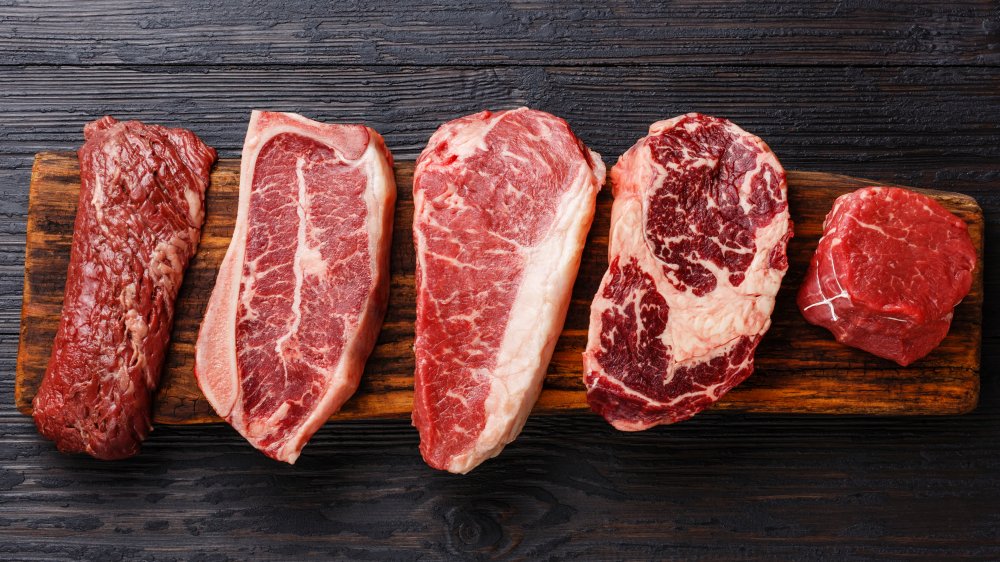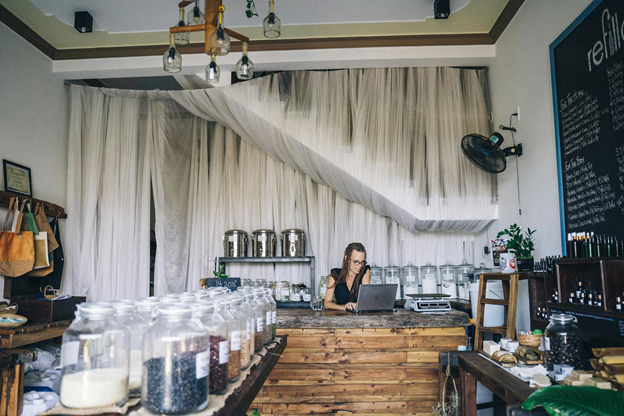
Many people are wondering why they cannot imitate the taste and tenderness of steaks served at great steakhouses even if they use fresh steaks and closely follow the grilling process. The answer is dry-aging which is the process of aging large cuts of beef from several weeks to a few months before they are cut up as steaks. The process highly develops the beef’s flavour and makes it a lot more tender than if they are grilled completely freshly.
The basic changes that occur on dry-aged beef
- Loss of moisture – About 30% of the beef’s initial volume is lost due to dry-aging. Most of the moisture loss happens in the outer layers of the meat with some of them getting so desiccated that they have to be trimmed off before cooking. Due to the loss of moisture, it is suggested to always start with a larger piece of beef to achieve a better yield.
- Tenderization – Enzymes that are naturally present in meat break down some of the tougher muscle fibres and connective tissues. This is the reason why a dry-aged meat is more tender than a fresh steak.
- Change in flavour – A number of processes like enzymatic and bacterial action changes the flavour of an age-dried meat. When meat is age-dried properly, a deeply beefy, nutty and almost cheese-like aroma is developed.
Why is dry-aged beef very expensive?
Another question that is frequently asked is why dry-aged beef is very expensive. Much of the meat weight is lost because of moisture loss and trimming. The process of dry-aging beef requires a very large storage space which comes at a significant premium cost. Beef can be aged from three weeks up to four months at commercial dry-facilities or according to the customer’s requirements and the costs they are prepared to pay.
Can you can dry-aged beef at home?
There are different methods for dry-aging beef that are suggestedto home cooks like wrapping individual steaks in cheesecloth or paper towels before they are stored in on a rack in the refrigerator for four days before cooking.
However, 4 days inside the refrigerator is totally different from the minimum 3 weeks required by the dry-aging process. According to a person in charge of a dry-aging facility in New Jersey, beef won’t taste any different after fours days. In order to achieve noticeable changes, dry-aging requires 21 days minimum.
To improve tenderness, the minimum is two weeks inside a good dry-aging room. The meat would have broken down a little but it won’t have the flavour of the dry-aged meat. A good dry-aging room is very important because the refrigerator at home contains all kinds of bacteria that can build up on meat. Good dry-aging rooms have constant air circulation that prevent bad bacteria from getting into the meat.
There are dry-aging chambers that offer a natural way to achieve a dry-aged steak with a unique and delicious flavour. The patented chamber is equipped with an illuminated wall made from Himalayan salt bricks. It showcases the process of dry-aging to interested customers.



